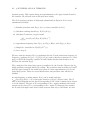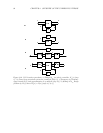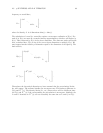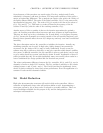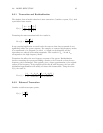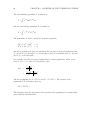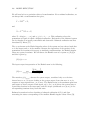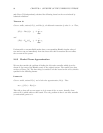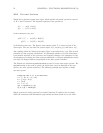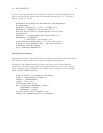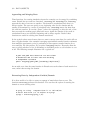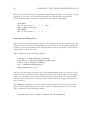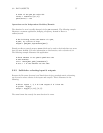2.6. MODEL REDUCTION 69
Consider the problem of finding the stable, order k realization which minimizes the
Hankel norm of the error. Define, P
hankel
(s) as the minimizing system. Then we have,
σ
k+1
≤P(s)−P
hankel
(s)
H
= inf
P
k
(s) stable
P(s) − P
k
(s)
H
.
This system also satisfies ∞-norm bounds on the error, as illustrated in the following
theorem.
Theorem 15
Given a stable, rational, P(s), and the optimal kth order Hankel norm approximation,
P
hankel
(s). Then
P(s) − P
hankel
(s)
∞
≤ 2
n
i=k+1
σ
i
.
Furthermore, there exists a constant matrix, D
0
, such that
P(s) − (P
hankel
(s)+D
0
)
∞
≤
n
i=k+1
σ
i
.
Careful examination of the previous section will indicate that the Hankel norm of a
system is independent of the D term. The optimal Hankel norm approximation given
above, P
hankel
(s), is considered to have a zero D term. It has the same error bounds as
the balanced truncation. Theorem 15 states that we can find a D matrix to add to
P
hankel
(s) to cut this bound in half.
The most common use of balanced truncations and Hankel norm approximations is to
reduce the order of a controller. Note that this will give a small ∞-norm error with
respect to the open-loop controller. It does not say anything about the preservation of
closed loop properties. These should always be checked after performing a controller
order reduction.



